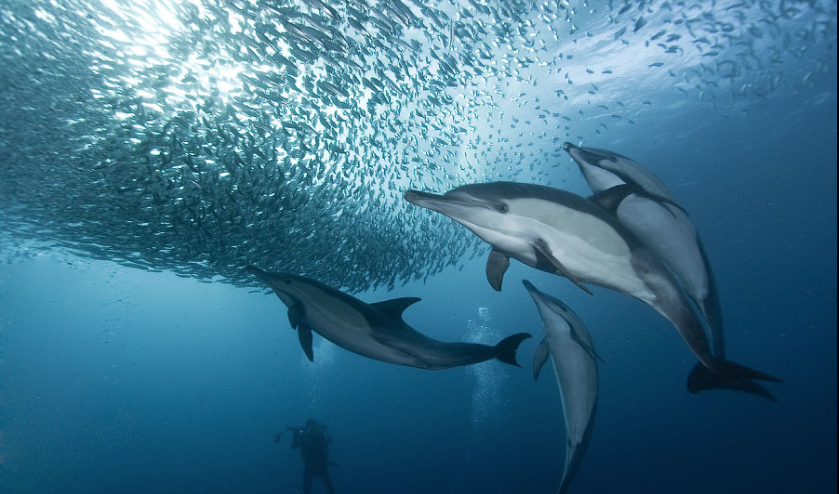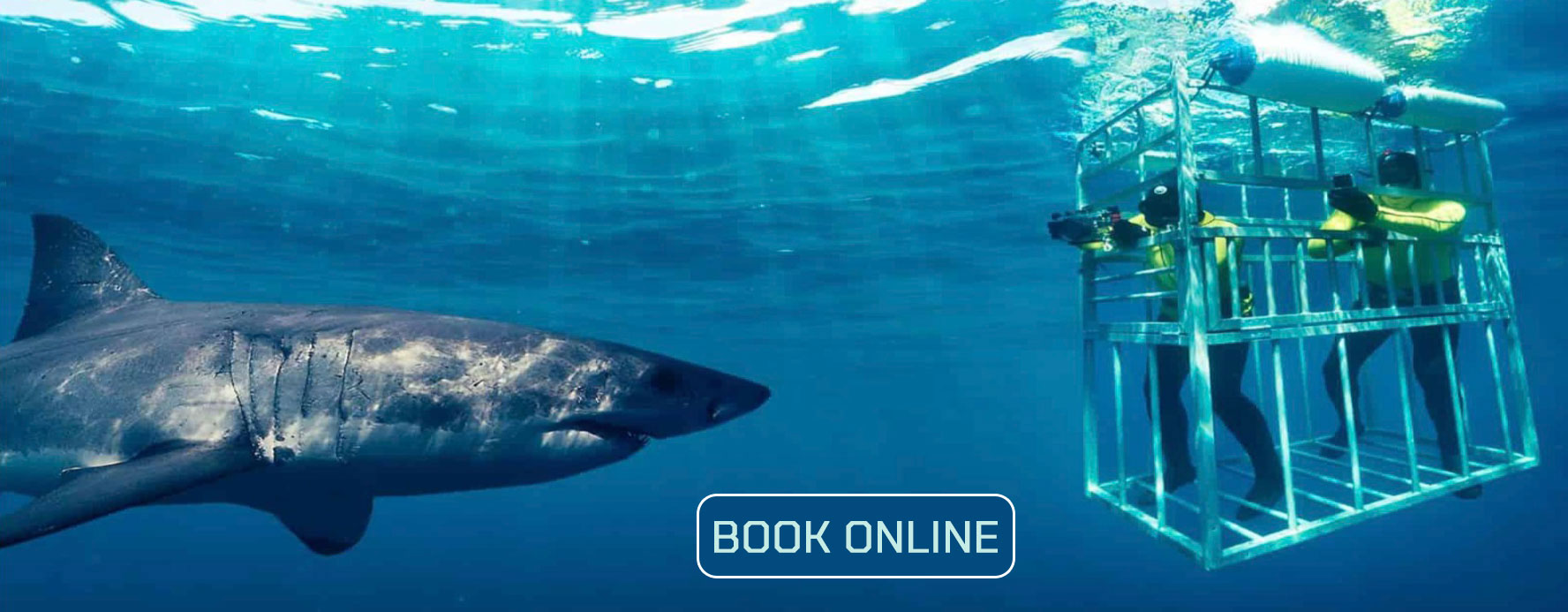3 differences between a whale and a shark you do not think about
Scales vs Blubber
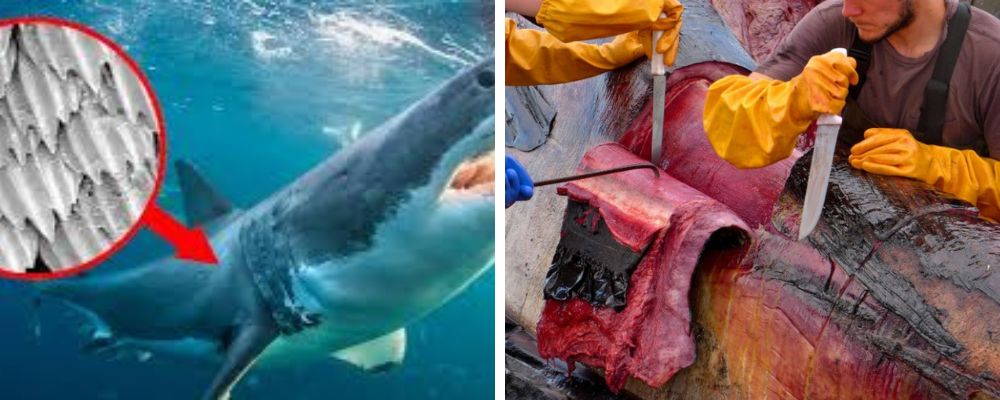
Cetaceans, like whales and dolphins, lack the characteristic scales of fish but are equipped with a thick layer of blubber beneath the skin, which fish, such as sharks, do not have. As warm-blooded mammals, they need the blubber to help maintain their body temperature. The body temperature of fish can fluctuate fairly widely from cool to cold to warm, without having a detrimental effect on the animal.
Shape of the tail: Vertical vs Horizontal
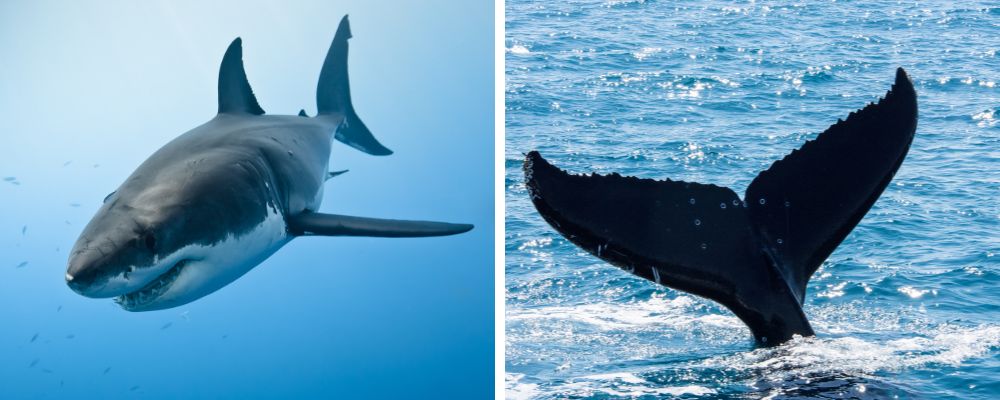 A typical fishtail lies in a vertical plain to enable the fish to propel itself forward by vigorous sideways movements. Cetaceans also propel themselves forward with their tails, but with them, the tail is in a horizontal plane, and the movement is up and down. It is almost certainly due to the need for the animal to rise at regular intervals to the surface to breathe.
A typical fishtail lies in a vertical plain to enable the fish to propel itself forward by vigorous sideways movements. Cetaceans also propel themselves forward with their tails, but with them, the tail is in a horizontal plane, and the movement is up and down. It is almost certainly due to the need for the animal to rise at regular intervals to the surface to breathe.
Breathing: Gills vs Lungs:
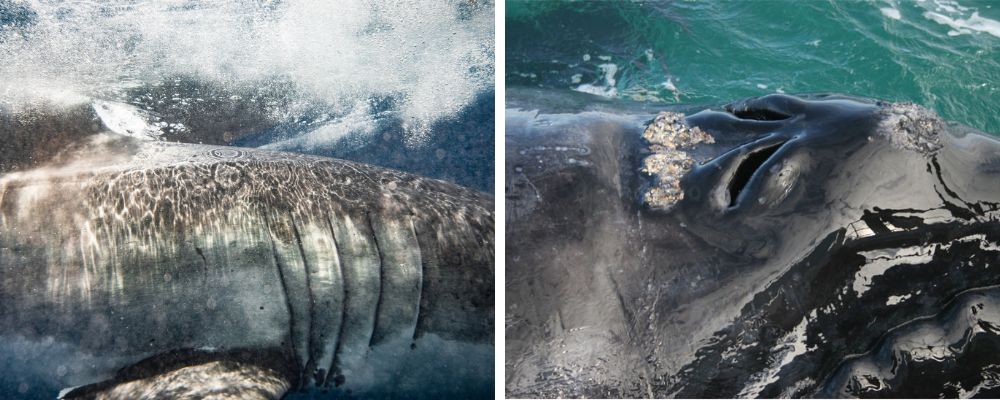
Fish, like sharks, extract oxygen from the water by passing it through organs known as gills. Nostrils are mainly used for smell and very few fish use them to breathe. In mammals, however, oxygen is extracted from the air by the lungs and inhaled through the nostrils. Cetaceans, like whales and dolphins, have become greatly modified as a result of the marine environment. Instead of being placed at the tip of the snout, nostrils are placed, almost without exception on the highest point of the head, where they form a single or double opening known as the ‘blowhole’.
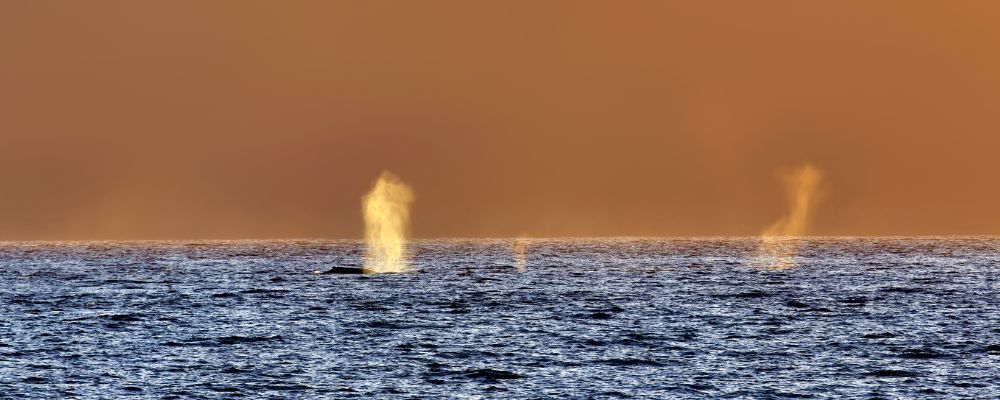
‘’spouting’’ of a whale therefore is simply the exhalation of its breath from the blowhole condensing to form a white cloud of vapor
Call us and schedule your listing today! Contact Us
Copyright © 2025 Hermanus Online Magazine. Web Development by Jaydee media.

